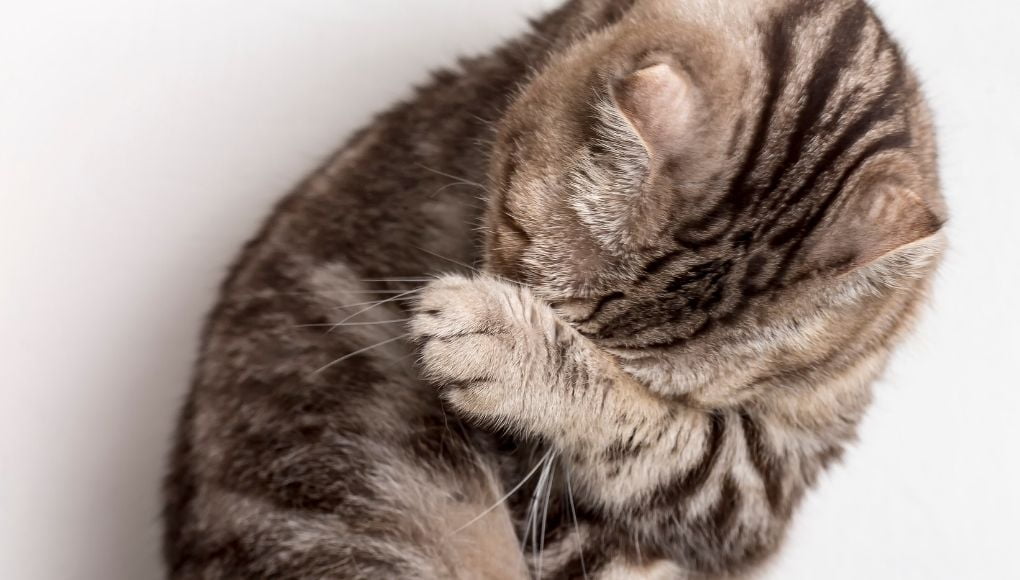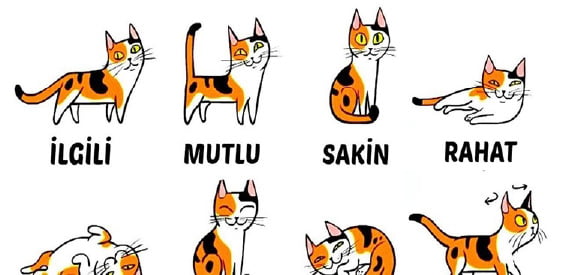Table of Contents
A Guide to Understanding Cats' Body Language

According to studies, keeping pets reduces stress and prolongs human life. Although cats are considered a mysterious creature, it is quite easy to decipher them when their behavior and actions are observed. By following the clues, you can understand your cats' needs and desires. In this article titled "Guide to Understanding Cats", we have compiled information on how you can understand cats from their body movements and body language.
Tail movements of cats

The posture, position and position of the cat's tail is the best way to understand and interpret its emotions. The emotions of cats according to different tail positions can be interpreted as follows; Tail in the air: Indicates a cheerful and contented cat. Tail Down: Indicates a cat that feels threatened and frightened. Tail that moves back and forth quickly: A cat moving its tail represents tension, stress and a desire to be alone. Tail Moving Slowly Back and forth: A slow movement of the tail represents that something is being thought about and a decision is being made. Fluffy tail: Yes, cats with fluffy tails can be scary. A cat in this posture is not in a good mood and is trying to appear bigger and scarier than it really is.
Cats Move Their Ears

Ears that move forward: Cats with slightly forward-facing ears can be content and even playful. Ears erect: When the cat is alarmed, its ears are likely to be erect. Ears pointing back: Watch out for this cat. It may be disturbed, not alarmed, and should probably be left alone. Ears to the side or back: This cat is nervous and anxious about something. Watch out for a cat with ears in this position. Ears backwards and back to the head: This is a sure sign that the cat is scared and in a defensive position. Ears back on the head can also mean that the cat is angry or aggressive. Either way, ears to the head tell you not to mess with it.

How Cats Use Their Eyes for Communication
Beautiful and mesmerizing, cats' eyes reveal how they feel about the world around them. Large pupils: Pupils may dilate when the cat is surprised, frightened or stimulated. Squinted pupils: Squinted pupils can indicate that the cat is nervous and aggressive, but this can also be caused by too much light. Staring: A cat that stares at you is probably challenging you. Slow blinking: A cat blinking slowly is the opposite of staring. It means it feels safe and comfortable. Half-closed: This means a cat is relaxed and trusting. Cats often use several forms of body language to convey their emotions. Therefore, spend time to understand his communication methods. This way you will soon be able to understand their needs.








































